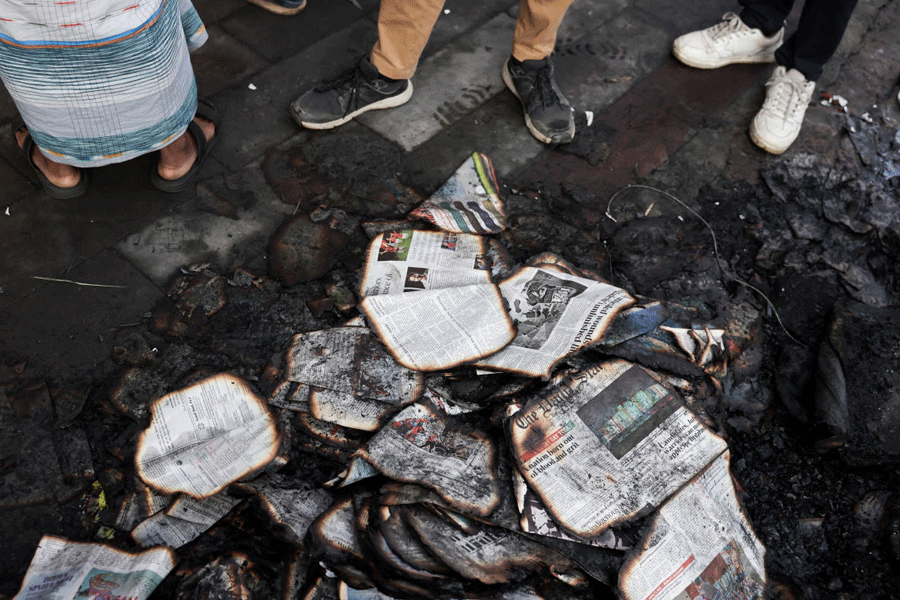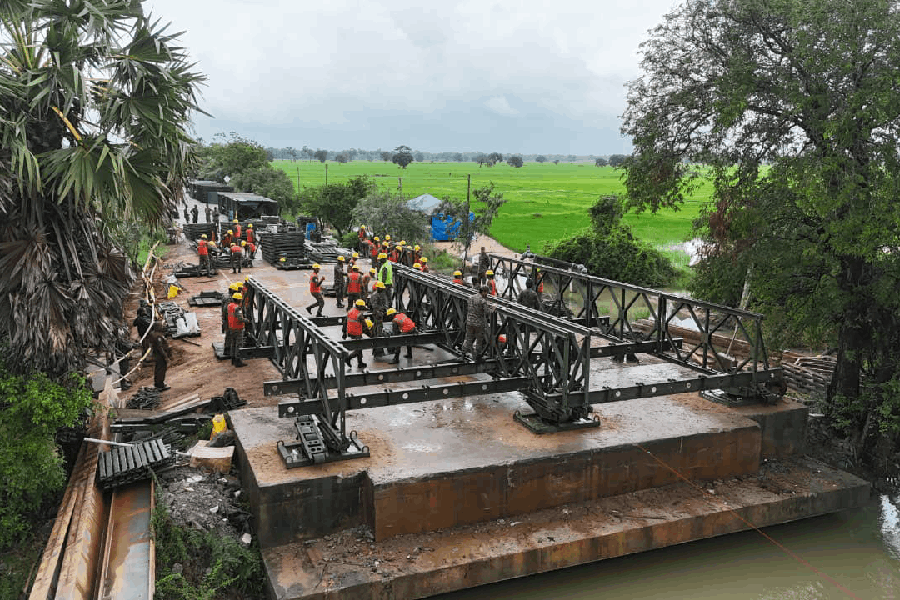 Friday, 19 December 2025
Friday, 19 December 2025
 Friday, 19 December 2025
Friday, 19 December 2025
In a relentless downpour that has gripped Gujarat, rain-related incidents have claimed nine more lives, bringing the death toll to 16 over the past two days. With rains continuing unabated for the fourth consecutive day, the state has been thrown into disarray, leading to the evacuation and rescue of 8,500 people from flood-ravaged areas.
As Gujarat battles this weather onslaught, a massive relief and rescue operation is underway, involving the National Disaster Response Force (NDRF), the State Disaster Response Force (SDRF), the Army, the Indian Air Force, and the Indian Coast Guard. Prime Minister Narendra Modi personally reached out to Chief Minister Bhupendra Patel, ensuring that the Centre is fully committed to supporting the state in this crisis.
The scale of the calamity is stark. On August 27 alone, 169 people were rescued—predominantly from the severely affected districts of Kheda and Morbi. An additional 8,460 individuals were relocated to safer areas, as floods swept through low-lying regions.
Tragically, nine people lost their lives to incidents like wall collapses and drowning on August 27, with seven more deaths reported the previous day on August 26. The heavy rains have left a trail of devastation, with 13 out of Gujarat's 251 talukas receiving over 200 mm of rainfall, and another 39 talukas recording over 100 mm, paralysing daily life and inundating entire neighbourhoods.
While Vadodara saw a brief respite, the flooding of the Vishwamitri River has submerged many low-lying parts of the city. The NDRF, SDRF, and other agencies are tirelessly conducting rescue missions in these waterlogged areas.
In response to the escalating crisis, five army columns have been deployed across Morbi, Anand, Devbhumi Dwarka, Rajkot, and Vadodara to bolster relief efforts. The extent of the flooding is exacerbated by 137 reservoirs and lakes, along with 24 rivers, breaching their danger marks, causing water levels to rise dangerously.
The deluge has also thrown transportation networks into chaos. Roads and railway lines have been submerged, forcing the cancellation of eight trains, including the Mumbai-bound Vande Bharat Express, with ten others partially canceled.
This deluge has pushed Gujarat's monsoon tally to 105 percent of its average annual rainfall. However, the distribution remains uneven, with Banaskantha being the most rain-deficient district, having received only 73 percent of its average annual rainfall.
As Gujarat grapples with this disaster, the coordinated efforts of various agencies offer a glimmer of hope in these trying times.







